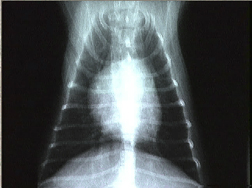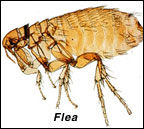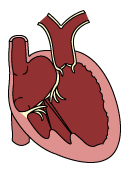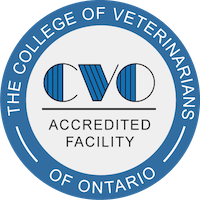
According to the American Veterinary Dental Society, 80% of dogs and 70% of cats have oral disease by the age of 3. Dental disease is the most frequently diagnosed health problem in pets. Common signs of oral disease include
- tartar buildup,
- red and swollen gums,
- bad breath,
- changes in eating or chewing habits,
- pawing at the face and,
- generalized depression.
A veterinarian should evaluate your pet’s dental health at least once a year. We recommend this because bacteria and food debris accumulates around a pet’s teeth and, if left unchecked, will lead to deterioration of the soft tissue and bone surrounding the teeth. This decay results in irreversible periodontal disease and even tooth loss.
There are other reasons why you should pay close attention to your pet’s dental health. Dental disease can affect other organs in the body: bacteria in the mouth can get into the blood stream and may cause serious kidney infections, liver disease, lung disease, and heart valve disease. Oral disease can also indicate that another disease process is occurring elsewhere in a pet’s body. A physical exam combined with appropriate laboratory work can determine if this is the case.










